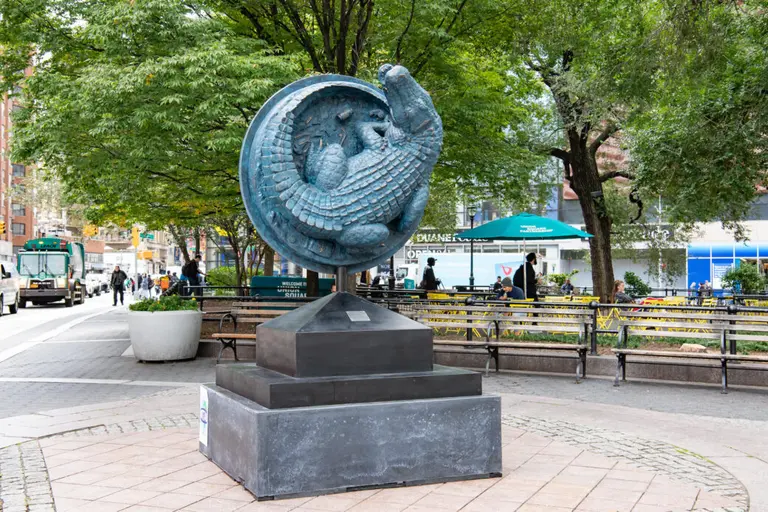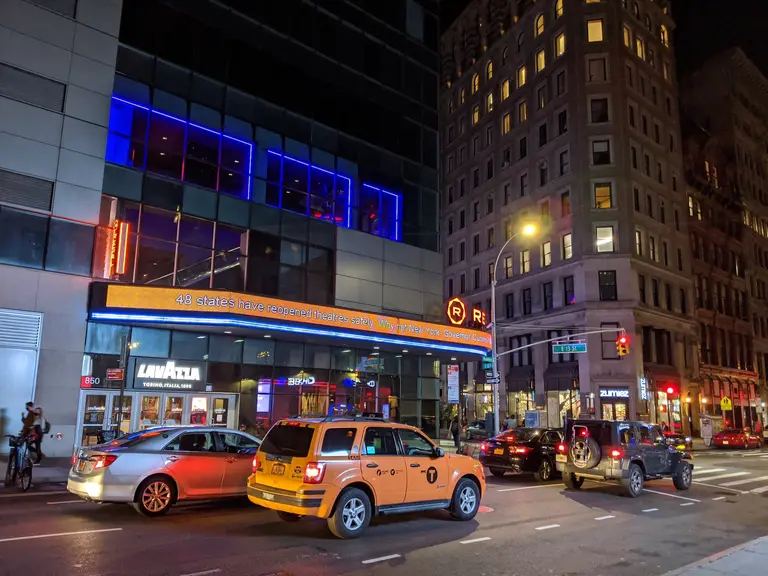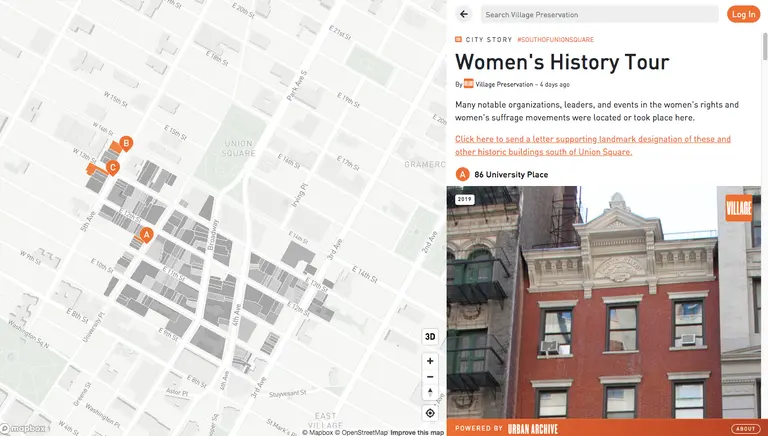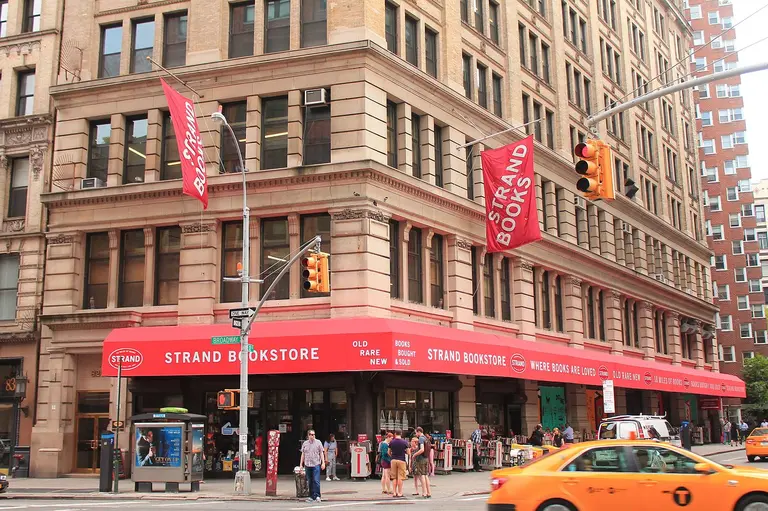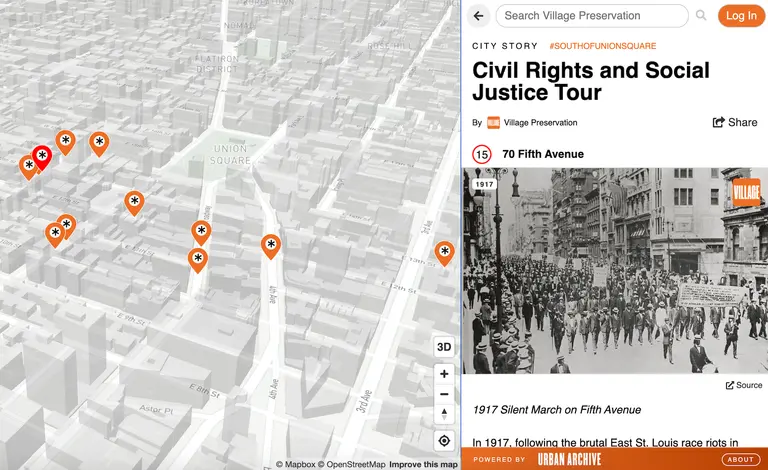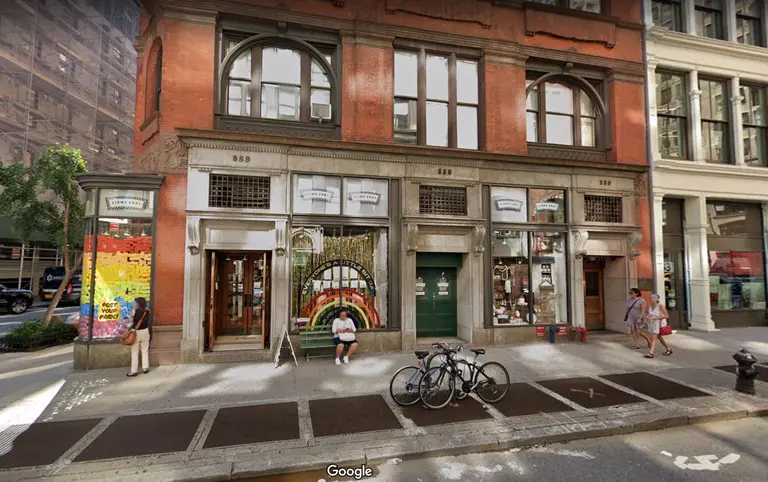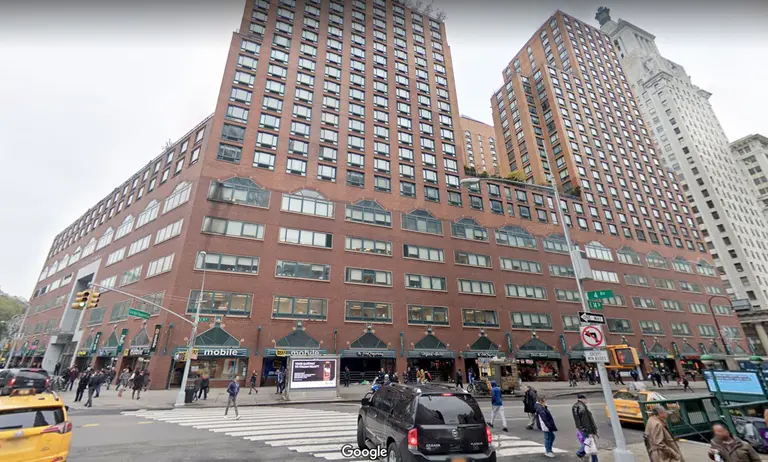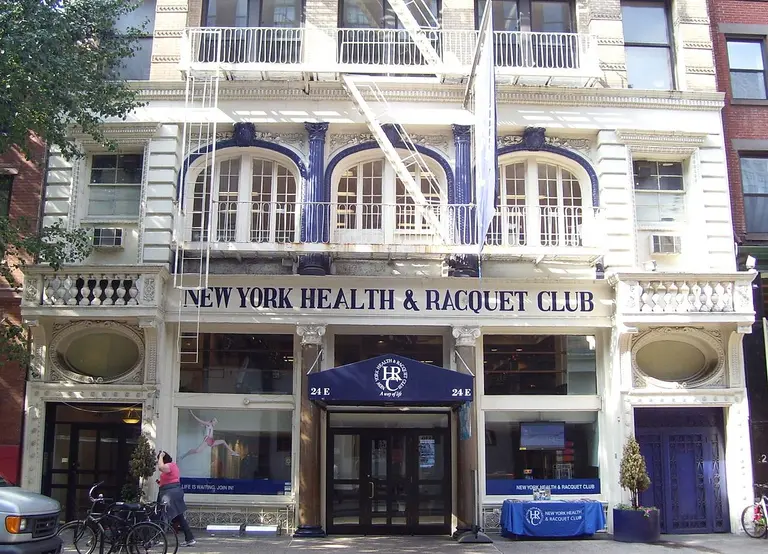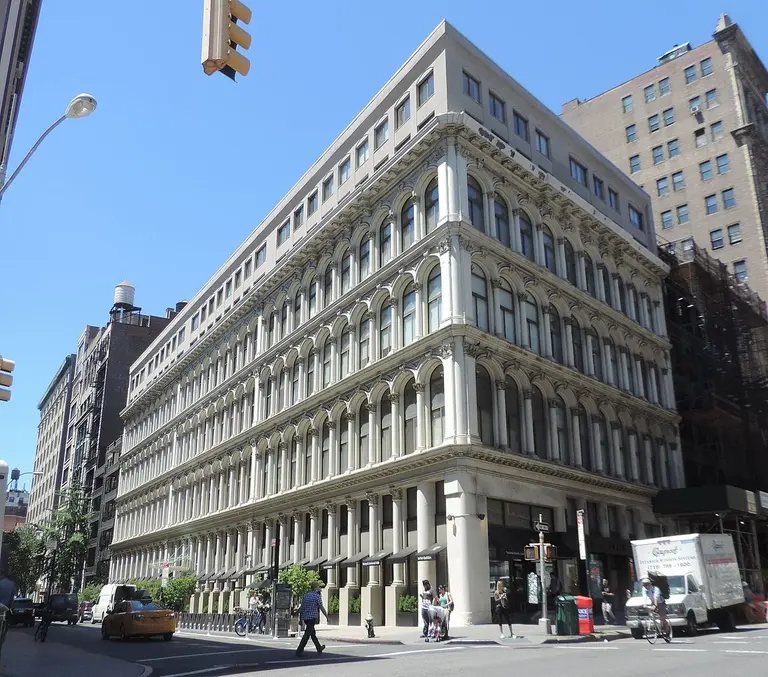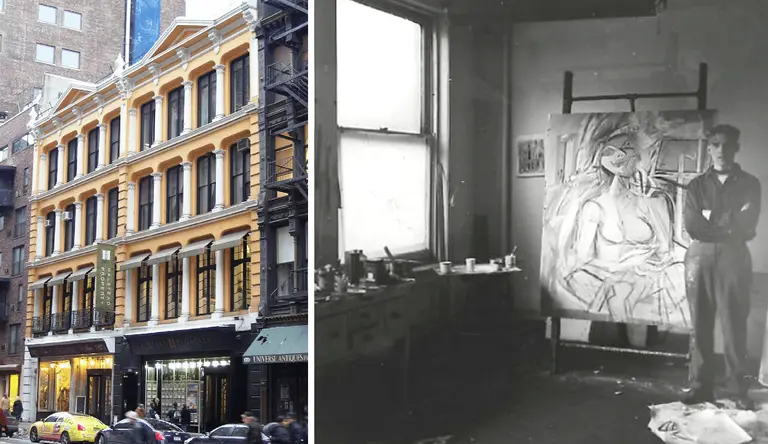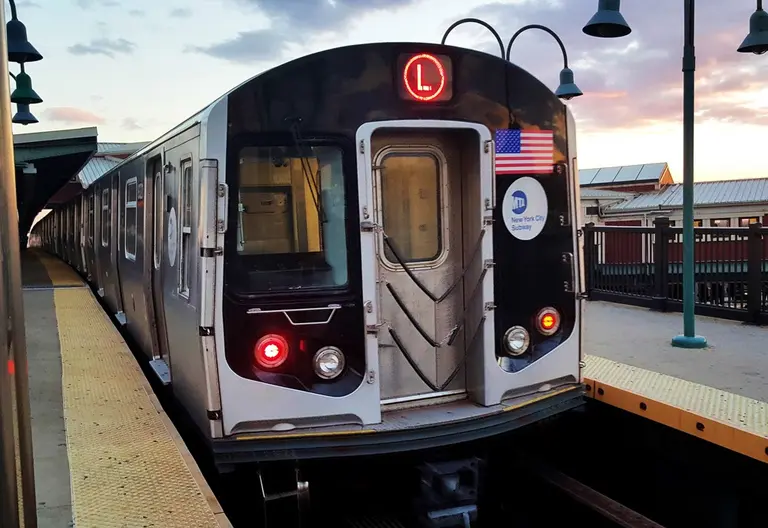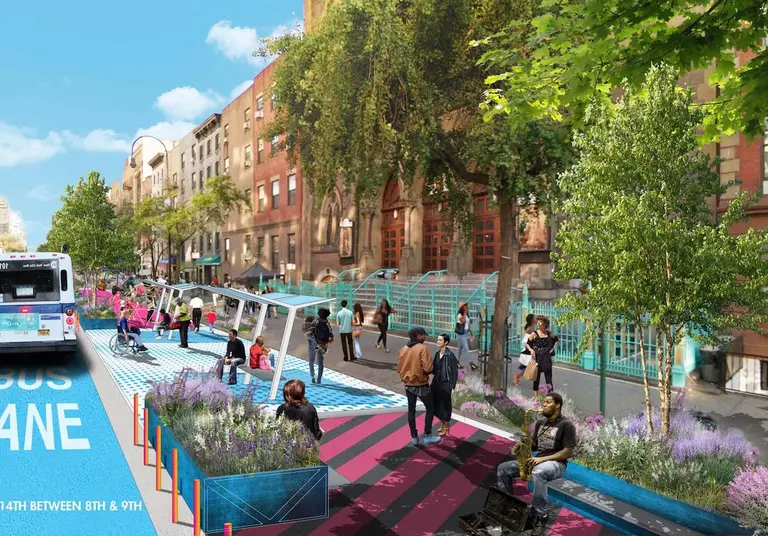Manhattan’s public squares may not actually be square, but they matter
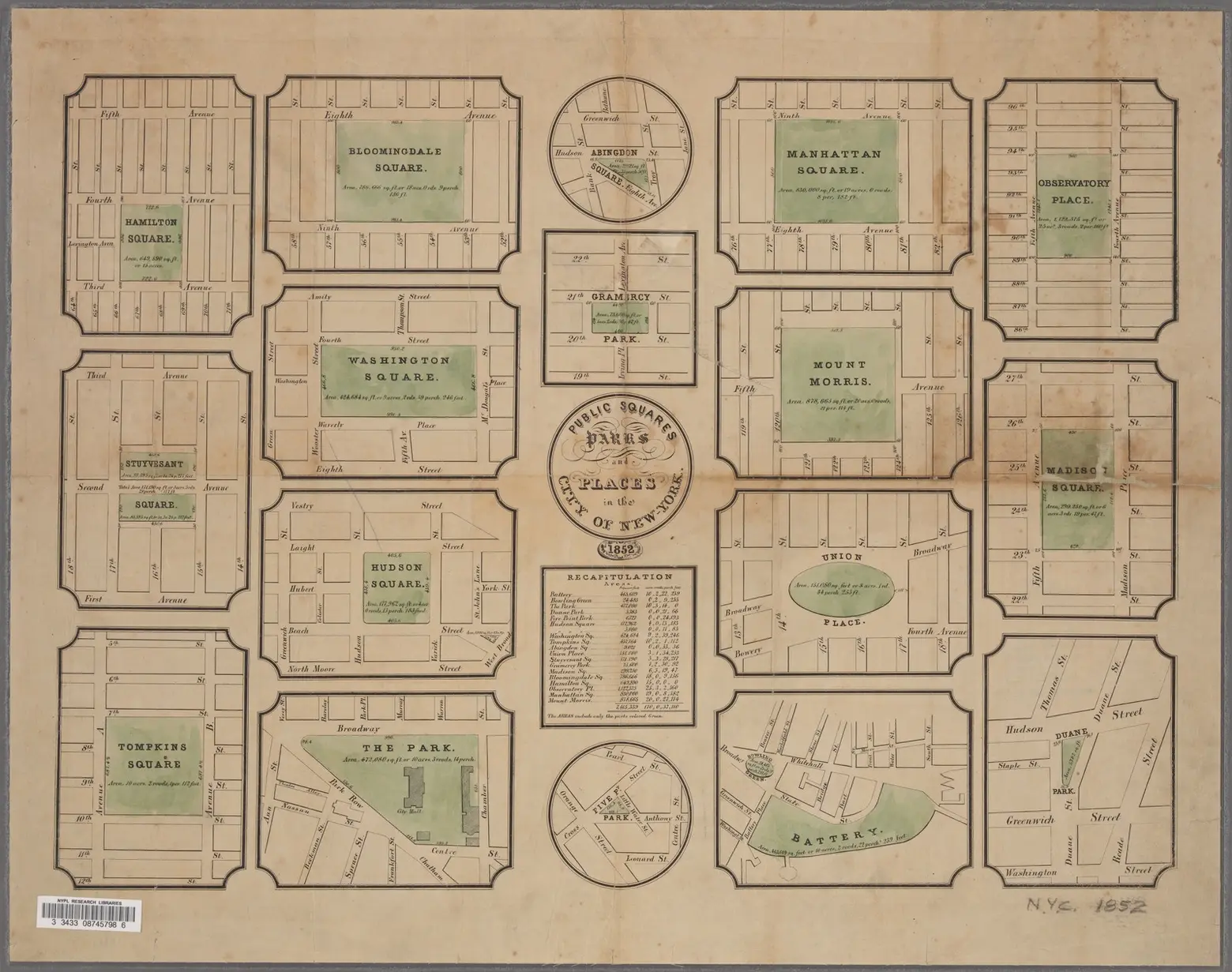
“Public squares, parks, and places in the City of New York.” Via NYPL Digital Collections.
Built to emulate Great Britain’s enviable squares, which were actually square, Manhattan’s public squares were created in the celebrated New York City tradition of being whatever they pleased–and definitely not square. According to the New York Daily News, Manhattan doesn’t have any actual squares at all: Lisa Keller, executive editor of the Encyclopedia of New York City, said “Americans just call it a square if it’s bigger than a breadbox.” But those 40 squares from Madison to Foley, Herald and Greeley have been vital in defining the city’s public spaces; they were its first parks, and a predecessor to the granddaddy of all squares, Central Park.
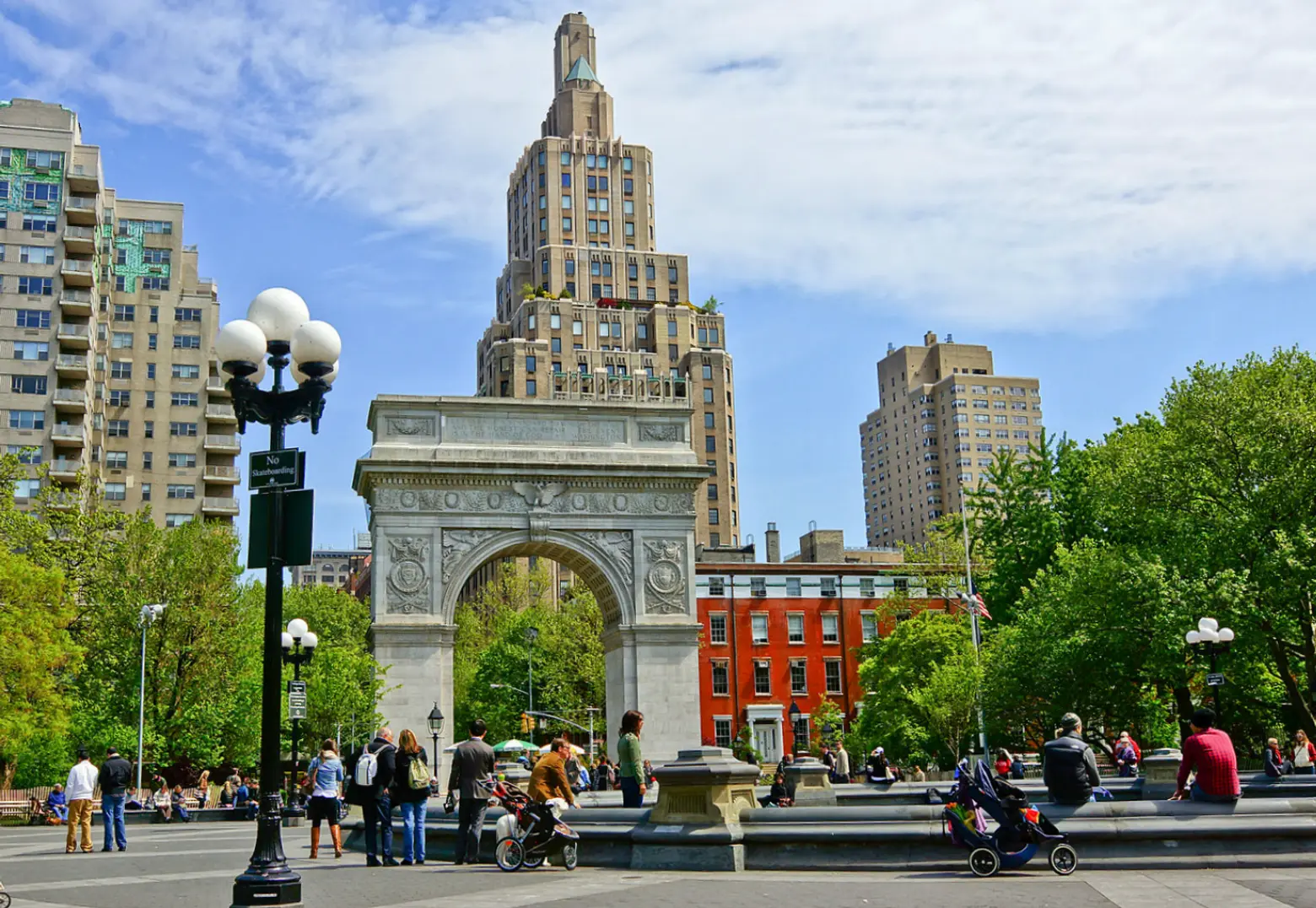
Washington Square via Wiki Commons
Manhattan’s squares, built to accompany its street grid, even warranted their own gallery show. In 2003, The Arsenal Gallery’s exhibit called “Manhattan Squares” celebrated these variously shaped public spaces with archival and contemporary photographs, vintage postcards, historic renderings, artifacts, and memorabilia that illustrated the role those 40 squares played in the development of city life.
Just to name a few brief examples, the city’s squares hosted outdoor markets, military exercises, political rallies, music, college graduations, and an endless array of personal and public celebrations and vigils. Over 40 of the Parks Department’s finest sculptures occupy them. They’ve been the sites of historical milestones like the public display of the Statue of Liberty’s torch (Madison Square, 1876), the first Labor Day Parade (Union Square, 1882) and the September 11th vigils following the attacks on the World Trade Center (many different squares).
The map above, created in 1852, show “Public squares, parks, and places in the City of New York.” Represented squares include Battery, Duane Park, The Park [at City Hall], Hudson Square, Five Points Park, Washington Square, Tompkins Square, Union Place, Stuyvesant Square, Bloomingdale Square, Gramercy Park, Madison Square, Hamilton Square, Manhattan Square, Observatory Place and Mount Morris.
Manhattan square trivia:
- The “square” that’s closest to being an actual square: Tompkins Square Park.
- Several squares have been expanded into adjacent streets, including Union, Foley and Verdi Squares.
- Juan Pablo Duarte Square is named for the man accredited as the liberator of the Dominican Republic. Dedicated in 1945, the square where the Avenue of the Americas (6th Avenue) meets Canal Street is meant as a celebration of Pan-American unity.
- Foley Square in the city’s Financial District was named after Thomas “Big Tom” Foley, a 19th Century politician from the Lower East Side in 1926.
- The current Madison Square was once a 240-acre plot known as the Parade. In 1807, the Parade was earmarked as an arsenal, a barracks, and a potter’s field. In 1814, the square was renamed after our fourth president, James Madison. It also hosted the nation’s first public Christmas tree in 1912.
RELATED:
